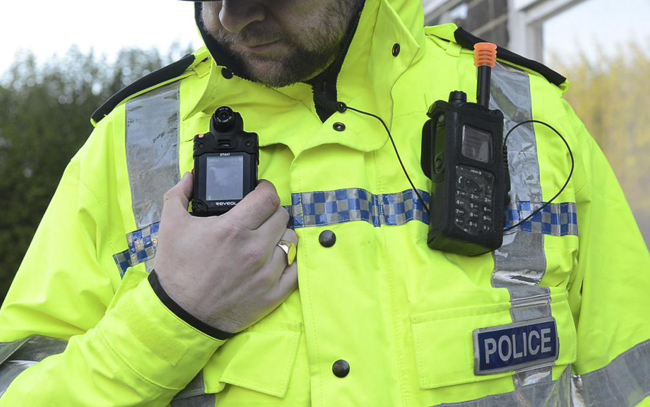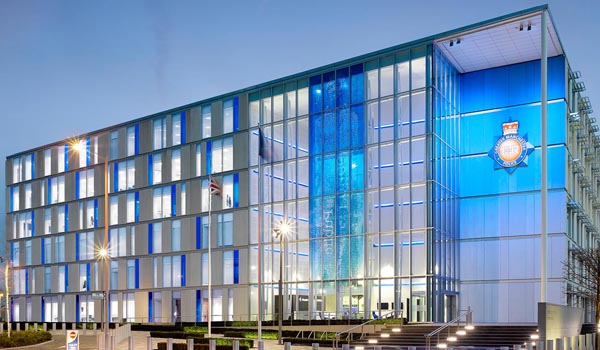BWV will put focus on safety: West Yorkshire Polices technological transformation takes another step forward
West Yorkshire Police is investing £2 million in body-worn video (BWV) cameras that will play a crucial role in the future of policing in the region. It is expected that at least 2,000 cameras will be issued to frontline officers, predominantly uniform response and neighbourhood officers, with allocations made available for CID and safeguarding roles.
West Yorkshire Police is investing £2 million in body-worn video (BWV) cameras that will play a crucial role in the future of policing in the region. It is expected that at least 2,000 cameras will be issued to frontline officers, predominantly uniform response and neighbourhood officers, with allocations made available for CID and safeguarding roles.
Assistant Chief Constable Andy Battle, who is leading the project, said: These devices will undoubtedly play a crucial role in the future of policing and members of the public can expect to see them routinely worn as part of our daily business.
Their introduction marks a sea change in the way we are able to go about our work, ensuring the most vulnerable remain safe and feel safe.
The tiny cameras clip neatly onto body armour and are very light, especially compared to when BWV was first introduced eight years ago. Then it involved a head-mounted camera, which was connected to a weighty battery pack strapped to an officers belt by a thick cable. The bulk of the device and the strangulation risk from the cable meant it was not practical and prone to being damaged.
The footage captured had to be downloaded at a police station and burnt to a disc, which presented a significant risk of data loss and storage concerns.
The new cameras have a flashing light that indicates to the public that the cameras are recording.
The video files are then preserved on the cameras and encrypted so they cannot be deleted or altered.
Once docked, the video files are uploaded to the Digital Evidence Management System (DEMS), and are made accessible through the IT network, by any device authorised to have access, from anywhere across the force.
That takes us to the next level on BWV as a force, explained Heather Smith, force IT project specialist.
Officers will add further information to link the video file to crime reports, the subjects name and address, the command and control system log number, exhibit number and keywords.
An effective search engine ensures files can be located at any time.
A massive benefit from the cameras is in demonstrating the nature of what the police have to deal with, particularly to the courts when someone is charged with a domestic violence-type offence. The images captured of the victims injuries, the scene and both victim and offender behaviour make a much better statement than officers testimony.
In one case, a woman was thrown through a window seriously injuring her shoulder and the impact of the recording ensured the court could see the reality of the situation.
The video captured every element, including the sound of the broken glass officers walk over as they arrive; being dark, the video magnified the atmosphere immensely, explained Inspector Darren Norgate of the BWV project team.
The defence didnt want that playing in court because it was so impactive. In terms of early guilty pleas we expect that to go up and the need for people to attend court as witnesses, we expect that to go down.
Insp Norgate said there is evidence that the level of offence charged increases if video is captured, and sentences handed out by the courts are longer.
Every Taser discharge is reviewed by a senior officer and these are likely to be captured on video in future.
It will not only show the nature of the event and the warnings given before Taser was discharged, but will also show the after-care that is part of the process.
BWV will also assist with procedures such as TPAC (tactical pursuit and containment), where vehicles are forcibly stopped by surrounding them and slowing. The procedure often leads to complaints and is again routinely reviewed. Along with the on-board video, BWV will capture the conversation in the police vehicle and the immediate aftermath as officers deal with the suspects.
Figures emerging across the country indicate that complaints could reduce by around 30 per cent.
Allegations of incivility, such as when an officer faces a complaint after a driver is issued with penalty notic




